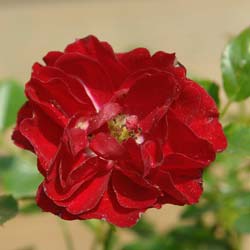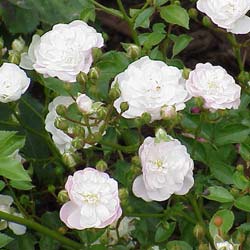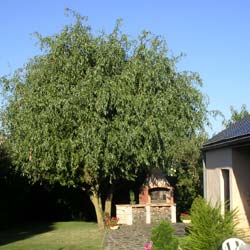Choosing the right truffle to suit the soil type and climate
• The history of Black Truffle growing
• The different types of Truffles
• Choosing the right truffle...
• How truffle trees are produced ?
• Choosing your Truffle Tree
• Planting density of truffle trees
• Soil preparation to Creating a Truffle Plantation
• Planting Truffle Trees
• Maintaining a truffle plantation
• Harvesting the truffle
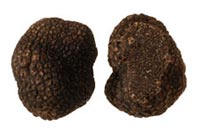
The influence of the « soil » as in the case of wine is crucial. Although the regions of Périgord, Bourgogne and the South East of France are all noted for their «soils», it is also possible to introduce truffles in to other areas of the world.
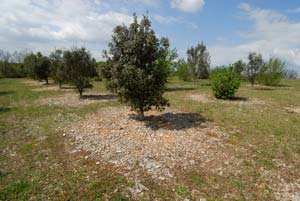
Typical land used for growing the Périgord truffle
You could for example choose to introduce Melanosporum into Charente Poitu or Uncinatum into the Meuse region, with the main restrictions being the climate and whether the soil was chalky or not. You will find below some recommendations to help you avoid mistakes.
Observe the natural environment
You will increase the chances of success when you plant in an area that is already favorable for truffles. The type of fauna that is present is a good indication: the Montpellier maple (Acer monspessulanum), brambles, wild rose, dogwood, juniper, and lavender, festuca (Golden Toupee): sedum altissimum, soft brome (Bull grass), carex halleriana, wild thyme are signs that the ground is favorable.
Climatic restrictions:
- The Black Périgord truffle is collected in winter, it is not found very deep and can therefore become frozen. It also needs a soil that warms up quickly in the spring, when the mycelien start to become active. It is because of this, that it is only found from the Loire down to the Mediterranean on plateaux and south easterly to south westerly facing slopes, protected from the cold and dry winds.
- The Bourgogne truffle is collected from September through to November before the harsh frosts arrive. It could therefore be introduced further northwards. They have been found growing on the island of Gotland in Sweden.
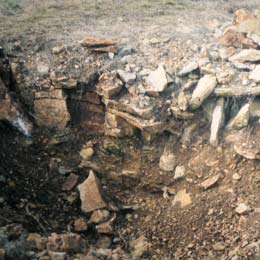
A stony ground by definition drains well and favors root development
Geological restrictions:
- Tuber melanosporum (the Black Périgord truffle) only grows on chalky soils that are rich in calcium, with an optimal pH of between 7.5 and 8.5. Whatever the type of soil it must be both crumbly and stony to ensure a good drainage and to allow the mycelium of the fungi to dissipate freely. You must avoid compacted soils with a clayey texture, 40 % being the limit. The total amount of chalk must be at least 8% and the amount of exchangeable CaO must be at least 4%. The soil must also be well balanced in both minerals and organic matter: the balance between carbon and nitrogen must be about 10.
- Tuber Uncinatum is a truffle that is suitable for soils where the pH is between 7 and 8. The organic matter content must be balanced. The carbon: nitrogen balance (C /N) can be up to 20. The clay content can be up to 60%.
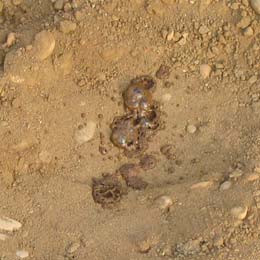
First test to undertake; pour a few drops of acid (vinegar of sulphuric acid) on your soil. If it bubbles, your soil is alkaline (chalky)!
Avoid competing mycorrhiza
You must plant them on healthy soil without any competing truffles. The best soil will have been cultivated for a long time and without any recent deforestation. Effectively trees can harbor competing mycorrhizae that might contaminate the young plants. Areas that were previously planted with vines, cereal, orchard or grassland are amongst the most favourable.
Analyse your soil
To know the exact physical chemistry of your soil, it is recommended to have a complete analysis carried out by a specialist laboratory.
You could approach your closest local authority laboratory.


























































































































